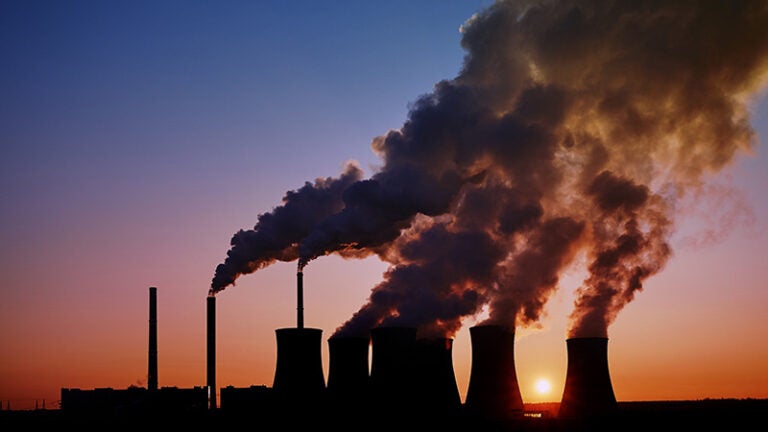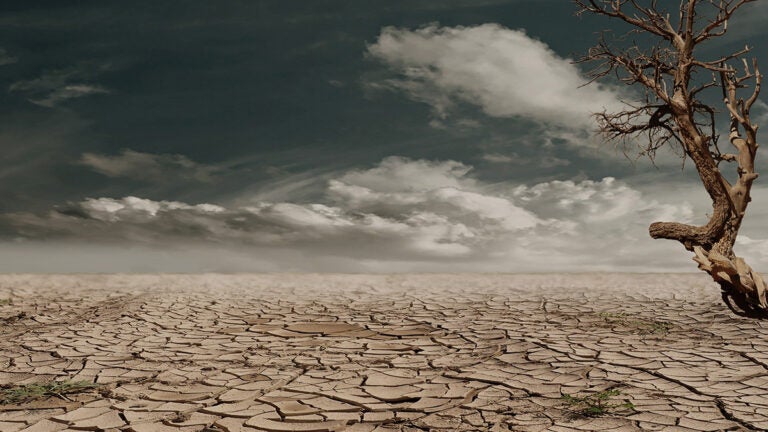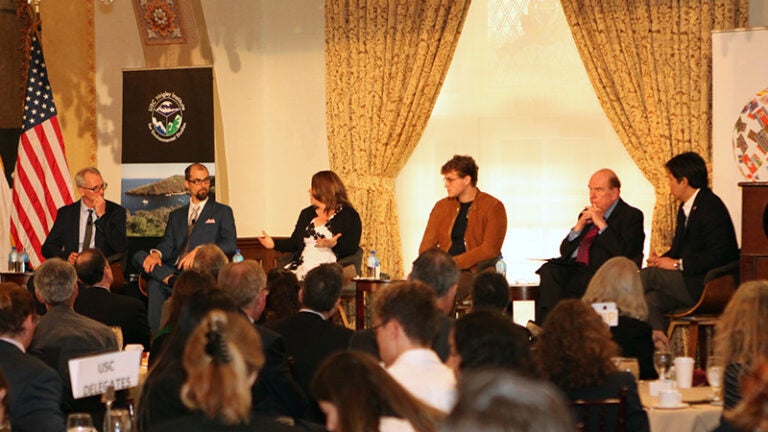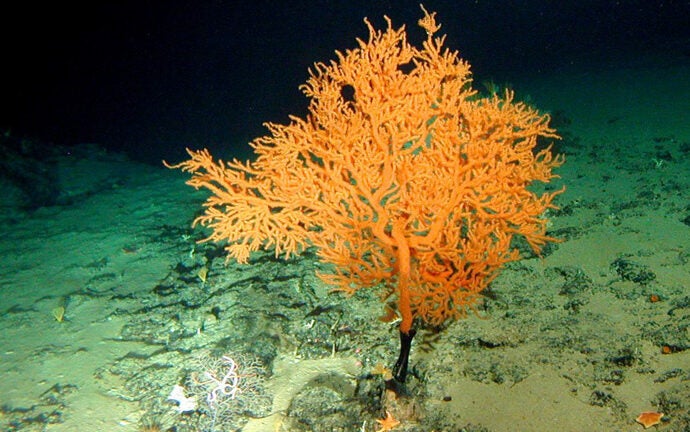Because of humans, the concentration of planet-warming carbon dioxide in the atmosphere is now 50% higher than before the industrial era and these gases are raising Earth’s temperature.
USC Dornsife News
Scientists and researchers discuss how humanity will respond to climate change in light of the 26th United Nations Climate Conference and weeks of negotiations. [3¾ min read]
Just because it’s summer doesn’t mean you can’t keep learning. Check out this collection of short, entertaining and educational videos featuring USC Dornsife scholars.
A new, USC Dornsife-led study of more than 1,000 years of North American droughts and global conditions found that forecasting a lack of precipitation is rarely straightforward. [2½ min read]
Two global warming studies by an international network of scientists, including a USC Dornsife climate science expert, show that the greatest increase in the Earth’s temperatures began after the Industrial Revolution. [1½ min read]
Republican and Democratic leaders met at the Climate Forward conference on April 4 and agreed that climate change requires urgent action. [3½ min read]
An international group led by a USC Dornsife climate expert upgrades a global database that tracks global shifts in temperatures.
Environmentalists, scientists and citizens concerned about the U.S. Environmental Protection Agency will take to the streets in the #MarchForScience.
Julien Emile-Geay of earth sciences at USC Dornsife finds clues to the fundamental physics of El Niño in millennia-old corals and clams.
- 1
- 2








